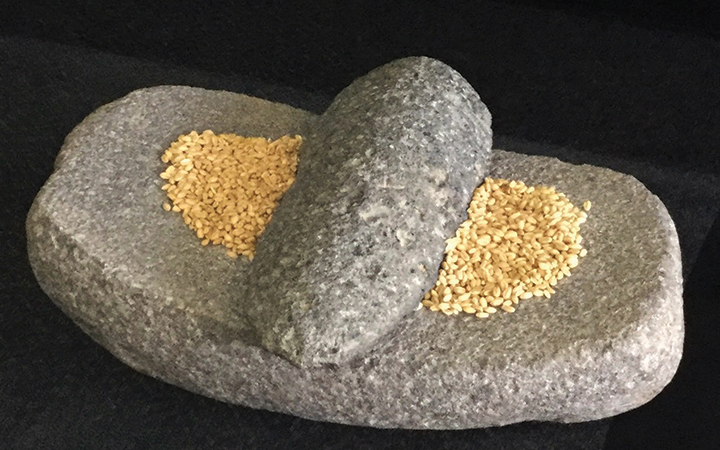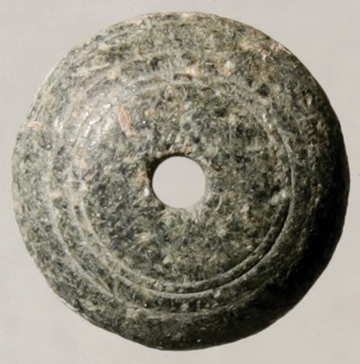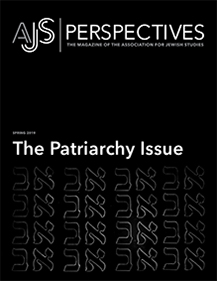
“Patriarchy” is a social-science construct, not a biblical term. Yet it appears often in Biblical Studies; scholars refer to biblical texts, and by extension ancient Israelite society, as patriarchal. But is that designation appropriate? To answer that question means first recognizing that patriarchy entered the discussion of Israelite society via developments in the social sciences in the nineteenth and early twentieth centuries. Formed from the Greek words for “rule” and “father,” it was used by influential pioneers in the new field of Anthropology (e.g., Lewis Henry Morgan, Henry Sumner Maine, and Numas Denis Fustel de Coulanges) to describe ancient families. Drawing mainly from Greek and Roman legal texts, they reported that the all-powerful father had complete authority over everyone in his household. That view penetrated Biblical Studies when (in 1887–88) a German biblical scholar (Bernhard Stade) published a very influential history of ancient Israel and used patriarchy to describe Israelite families. Then, in the early twentieth century, the meaning of the term was expanded when, following the lead of sociologist Max Weber, scholars began to refer to society-wide male domination in ancient Israel.
Those views about ancient Israel have had a powerful impact on Biblical Studies. But recent developments in the study of ancient societies, including ancient Israel, challenge the validity of the patriarchy paradigm. Important work in Classical Studies, drawing not only on legal texts but also on a variety of other literary sources as well as archaeological and iconographic materials, has shown that traditional depictions of an all-powerful paterfamilias do not correspond to what is now known about the social realities of Greco-Roman household life and of classical society in general. Fathers did not have unlimited power over their families, nor did men dominate all communal institutions. Rather, women frequently were household managers, making decisions about the use of resources and dominating the organization of everyday life; and they held leadership positions in certain extrahousehold activities.

One example is what we can learn about bread production from the grinding tools and ovens ubiquitous at Israelite sites. Biblical texts and ethnographic analogies together provide evidence that women were the ones who used these artifacts and installations to carry out the various steps necessary for converting raw grains into edible form. Grains were the nutritional mainstay of the Israelite diet, contributing nearly three-fourths of one’s daily caloric intake. They were so important that the biblical word for bread (leḥem) can designate food in general. Ethnographic analysis strongly suggests that when women each day prepare life-sustaining food that cannot be obtained elsewhere, they have a controlling role in the activities related to both its production and consumption. A similar process of analyzing the textile tools found in excavations shows that women’s role in making the fabrics used for garments and coverings also contributed to their household power. Overall, the interpretive processes of gender archaeology indicate that Israelite women made significant economic contributions to the subsistence economy of their agrarian households. Senior Israelite women were household managers and not subordinate to male control in all aspects of daily life. The various gendered components of household life cannot be lumped together. To be sure, senior men dominated some activities, but senior women surely dominated others. The female-male relationship in Israelite households was generally one of complementarity or interdependence.
The results of using gender archaeology to identify and analyze excavated remains contest claims, too often based only on texts, about female subordination in ancient Israel. As is often the case, impressions given by official documents differ from information in other sources. Ironically, several biblical passages actually support the notion of women as household managers. Abigail (1 Samuel 25) has access to household resources, deploys them cleverly without seeking her husband’s permission, and thereby saves her household. The Shunammite woman (2 Kings 4:8–37; 2 Kings 8:1–6) also acts autonomously; she invites a prophet to her house, reconfigures its space, and negotiates directly with the king to save family property—again, without consulting her husband. Micah’s mother (Judges 17) and the “strong woman” (NJPS: “capable wife”) of Proverbs 31 show similar agency. Moreover, although there was hardly gender equality in community life, biblical texts attest to women in nearly twenty different community roles, some of them in leadership positions (e.g., Miriam, Deborah, Huldah, and others as prophets, the woman of Abel-Beth-Maacah as a sage).
Challenging patriarchy as an appropriate designation for Israelite society accords with many concerns of third-wave feminist theorists who resist using that term. For example, in focusing on gender, the patriarchy model occludes other inequities—those related to social class (including debt servitude and slavery), political structure, ethnicity, race, or age. Moreover, it rests on an essentializing female-male binary that supports heteronormativity and precludes acknowledgment of gender fluidity. Just as important, it assumes that households were static and their gender dynamics were monolithic, thus ignoring many ways in which women can be social actors.
Reconsidering patriarchy shows it to be an inadequate and misleading descriptor of Israelite society. Removing it from scholarly discourse on Israelite gender relations does not mean suggesting gender equality. Rather, it acknowledges that patriarchy is a social-science construct of questionable validity and value for representing the lived experience of many ancient Israelites.

